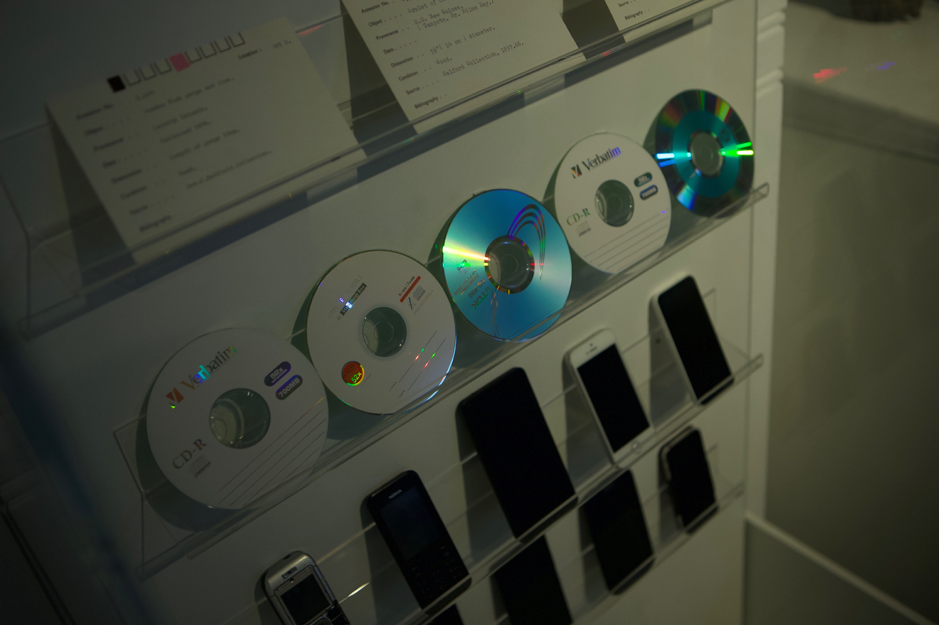Manchester Museum, One Year On
Recently, I travelled to Manchester for the weekend in order to see how visitors have been finding our exhibition, a little more than a year after it first opened.
I conducted visitor surveys in 4-hour blocks from noon until 4pm on a Saturday or Sunday. As a researcher who primarily works with adults, one of my favourite things about spending time at the museum on the weekend was seeing how families and children interacted with the exhibition material.
Overall, the survey indicated that the exhibition impacted visitors’ understanding of heritage as a concept. Before seeing the exhibition, most respondents saw heritage as being about the past, with heritage being seen as: ‘stuff your granny leaves you’, ‘treasures’, ‘old buildings’, or ‘Victorians, Edwardians, and British traditions’. After seeing the exhibition, 90% of respondents thought that heritage was more about the future than the past, and engaged particularly with natural heritage futures.
Natural heritage and environmental futures
Small children were immediately drawn to the large mounted animals that are featured throughout the exhibition. These include a lynx, extinct in Britain for 1,000 years, a Herdwick sheep from the Lake District, and an albatross, surrounded by plastic pollution. All of these specimens draw attention to how people shape natural heritage, whether through breeding programmes (sheep), the waste we contribute (albatross), or through hunting environmentally useful predators (lynx).

Cultural heritage and the personal past
Besides the mounted animals, the case that drew the most attention in the exhibition was one which displayed a continuum of artefacts used for information storage and communication. At the top of the case, the artefacts started with 4,000-year-old Mesopotamian tablets from the Middle East, moved through pottery sherds reused by Ancient Egyptians for notes (ostracon), card catalogues, floppy discs, CD-ROMS, and mobile phones from the (in)famous ’Nokia brick’ phone up to a recent Apple model.

Visitors often noticed the old mobile phone models first, calling over their companions to point out which ones they had owned and then reflect on the rest of the case. One of the survey respondents was surprised to see phones in a case alongside older, more traditional museum artefacts. Other respondents said that the phones made them reflect on technological development—how will information storage change in the future? — and how we do ‘nothing without [smartphones]’ even though they are a fairly recent development. People cited the timescale of the exhibition—how past and future were combined, the sheer depth of time covered—as helping to expand their idea of what ‘heritage’ includes.
People connected strongly to the elements of the exhibition that addressed the household scale: phones, plastic bags, coffee cups. While people focused on personal, family-oriented behaviours, the exhibit also appear to cause visitors to recognise larger-scale impacts and the importance of collective or societal action in preventing further loss of environmental heritage (‘everyone needs to act’), with adult respondents emphasising the importance of widespread learning: ‘We need to educate [the next generation], but also us’.
For my final survey respondent, the exhibition participated in the necessary, ongoing work of making the future: ‘I think you’re never going to get [what to do are the future] right, but it’s important to keep having the conversation’. Hopefully visitors to Manchester Museum over the next year continue to engage in conversation with Heritage Futures and the work of shaping the future in their own lives.
The Heritage Futures exhibition remains on at Manchester Museum until Autumn 2021, alongside the museum’s two-year redevelopment programme, hello future. Further information regarding the exhibition can be found on the Manchester Museum’s website.
‘…you’re never going to get [what to do are the future] right, but it’s important to keep having the conversation’
